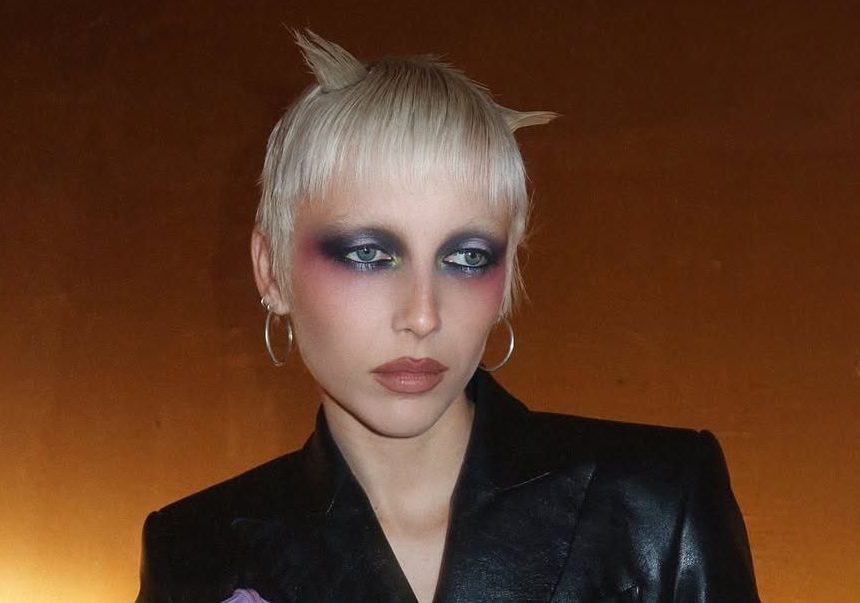When Nair and Shetty meet over Zoom for a conversation with Vogue, they exchange notes about each other’s work and discuss the tug-of-war between authenticity and representation. Most of all, they talk about resisting the pressure to flatten identities into marketable tropes. For both filmmakers, the challenge and the joy are the same: to show India as it is—in all its messy, irresistible complexity.
Vogue: Mira, you’ve often said that you’re an Indian filmmaker at home in the world. Your films have helped change how the world sees India and its diaspora. Bijoy, your music videos, particularly your recent work with Hanumankind, are strongly rooted in Indian culture. How important is the idea of representation in your work?
Mira Nair: I am not into being an ambassador and saying my country is so wonderful, so rich. I don’t approach filmmaking like a Benetton ad. The point is to plunge into the layers of life in front of you and extricate the humanity that is local to that place, and to do it in a way that is so truthful that it becomes universal. The point is that we’re not islands among ourselves; we are actually all utterly human. That said, as an Indian filmmaker living in New York, then in East Africa, I was always in these places where I was a novelty, where I may have been forced to explain myself. But I grew up with a kind of fierceness—I’m not going to justify myself or give you lessons on my bindi. I refuse to let people who haven’t lived in our streets take our culture and bugger it up.
Bijoy Shetty: Sadly, colonization is in our DNA, where we assume that Western culture is the superior one. But in all honesty, I’ve benefited from that perception. With “Big Dawgs,” a lot of the reaction was because they never thought that an Indian could rap like this. It’s not like this tremendous video with high production value. It’s just the shock of it being an Indian rapper and an Indian music video that has taken it wherever it’s gone. But once that novelty wears off, does your work have a strong enough identity to keep the viewer’s attention? That’s what really matters.
Mira, you’ve spoken about how your primary influence is the street, whether it’s where your stories come from or your tendency to cast non-actors in your films. Bijoy, hip-hop was born on the streets of the Bronx. Can you talk about what the street means to you as a character, and how you look to it for inspiration?


